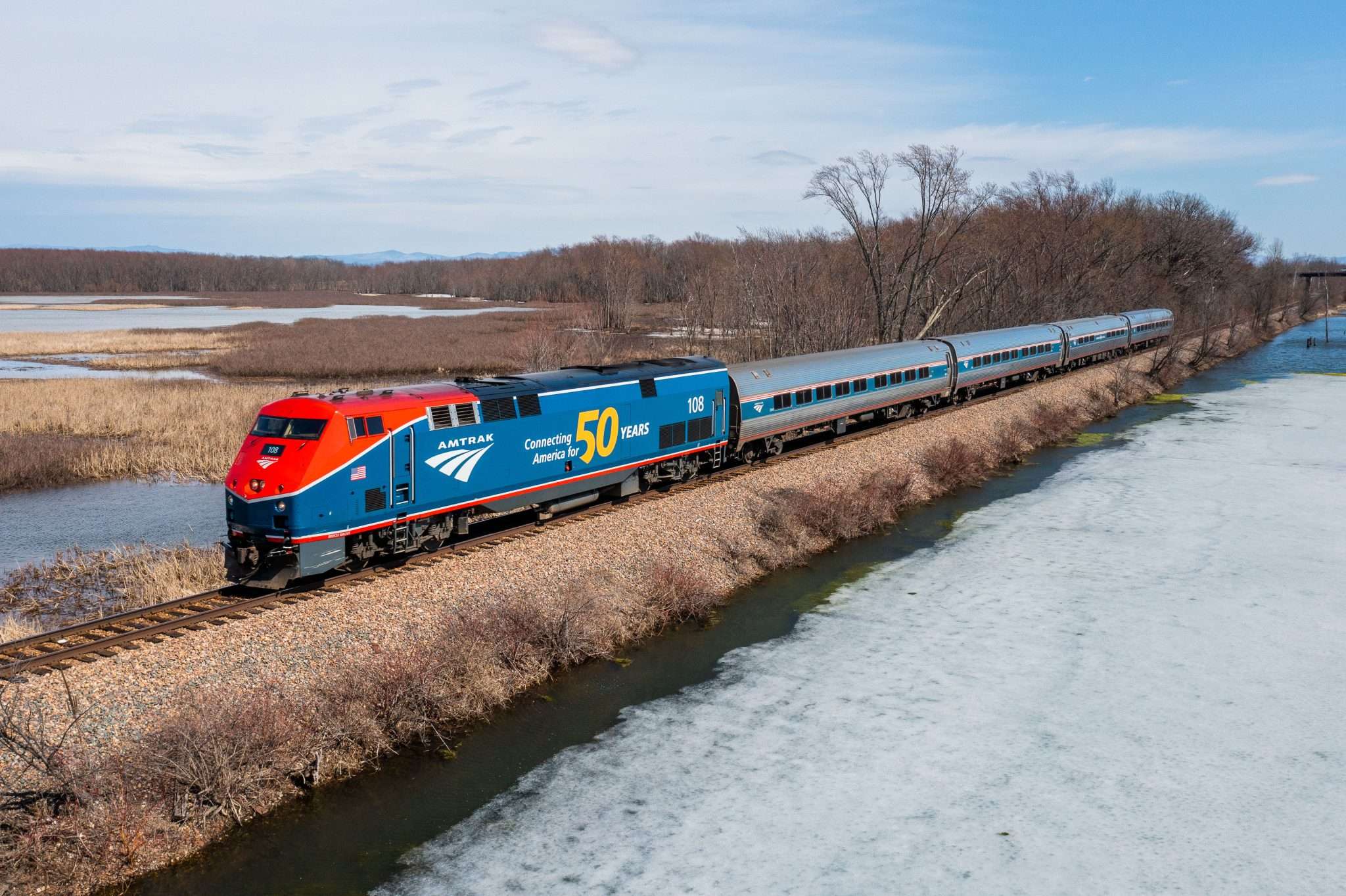NYC's subway is testing platform gates in a few stations to prevent people from being pushed onto tracks
“A project to save New York City's 3 million daily subway riders from being pushed onto the tracks or in front of moving trains is moving forward a year after one of the most disturbing of the tragedies motivated officials to find a solution.
The city will
start installing barriers on three platforms in the months ahead, a spokesperson for the Metropolitan Transportation Authority told The New York Post. The idea comes at a cost of $100 million and was conceived in the weeks after
Michelle Go was killed after a homeless man pushed her in front of a moving train at the the Times Square subway station, which is slated to get the screens, the Post reported.
The MTA's project is meant to
boost safety in parts of the subway system, where the pushing incidents and other crimes have fostered a growing sense of fear among some New Yorkers and tourists since the beginning of the pandemic. Just last month,
a woman was shoved into the side of a moving train, leaving her hospitalized in critical condition.
The safety of New York's subway has come
drawn intense scrutiny since the beginning of the pandemic when crime, overall, spiked. Assaults jumped by nearly 30% in 2021, and in number far exceeded increases in murder and sexual assault. To address the issue, New York City Mayor Eric Adams and New York Governor Kathy Hochul last year
boosted the number of police officersthroughout the nearly 250 mile system.
A spokesman for Riders Alliance, a group that advocates for riders of public transit, told the Post the new barriers won't be enough.
"While platform screen doors might have prevented [Go's] killing in the way that it happened, It happened on the same subway platform where there were police officers," Pearlstein told the Post.
Still, Janno Lieber, the MTA's chairman and CEO,
told The City last year that system was "always looking for ways that we can make the system safer," while flagging challenges with implementing the platform gates in New York…..”
https://www.businessinsider.com/nyc...ates-riders-pushed-onto-tracks-mta-2023-6?amp


